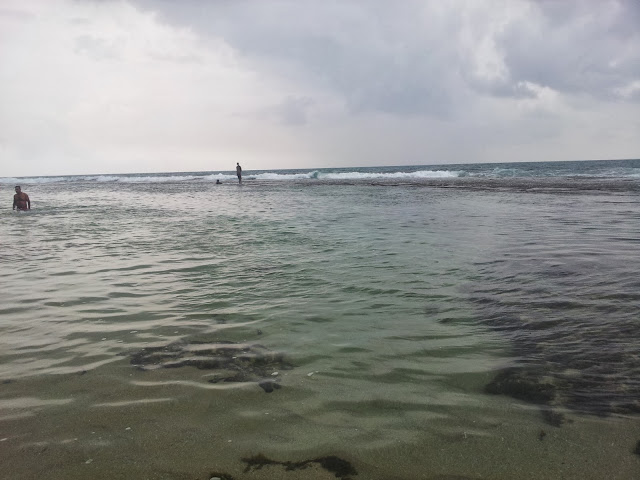 |
| Waw an Namus - Volcanic crater - Libya. |
“Waw an Namus” you may astonish what is it. It is an extinct volcanic crater, which means a dead volcanic hole. It is one of the remote locations in Libya. Indeed it is located almost at the geographic center of the Sahara desert. Further this is often referred to as the eighth natural wonder of the world.
This is about four kilometers in width, with one hundred meters deep cone of the volcano which is known as ‘Caldere’ which has yellow Sulphur deposits around its one hundred and fifty meters width crater. Further this volcano is surrounded by an area of black deposit of ash which is spread 10 to 20 kilometers in width. This is the main reason for its appearance as the ‘Dark spot’ in the Google Earth.
More over on the floor of the ‘Caldera’ you can see three small salty, coloured lakes which are infested with mosquitoes and be as the especial reason for the name of the volcano ‘Waw an Namus’. Because ‘Waw an Namus’ means ‘Oasis of Mosquitoes’ or ‘The Crater of the Mosquitoes’
Let us see how we all happened to get to know about this volcano. This volcano was first stated by ‘Karl Moritz Von Beurmann and Gerard Rohlfs who had never visited this site. A French Military Officer, Laurent Lapierre had the first opportunity to visit this in 1920 and reported this as an important watering point. About 1930 an Italian Geologist, Ardito Desio reached this site during his well known long camel journey through Sahara desert and published a geological description of this scenic volcano for the first time in 1935. After the Second World War, this volcano became a specific location of research for scientist and geologist.
Nowadays this is the main destination in the Sahara desert for the most number of tourists who visit the Deserts. As the oasis here are known as the ‘Oasis of Mosquitoes’ camping nearby this site requires mosquito nets or repellents. Really those three small lakes in the area are the reason of attraction and urge for many travellers to visit here.
 |
| Waw an Nemus - Sahara Desert - Libya. |
 |
| 3 Oasis at the Waw an Nemus. |
 |
| One of the Oasis at the Waw an Nemus - Google Map view. |
 |
| Landscape of an Oasis at the Waw an Nemus. |









